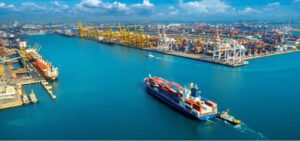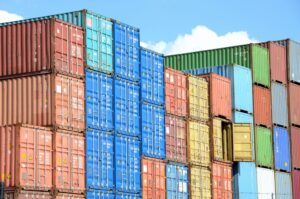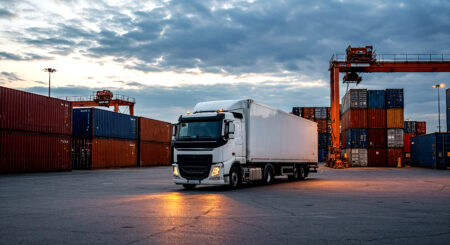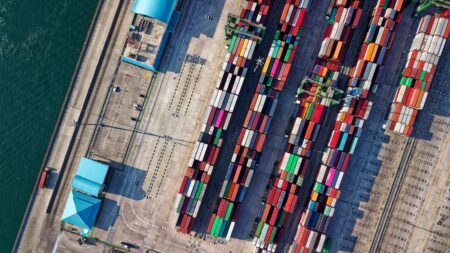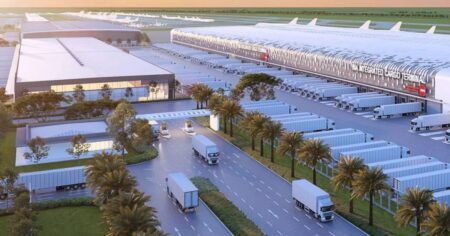Uncover the power of multimodal logistics in optimising global supply chains with expert insights from Prediman Koul, Chief Executive Officer, Jeena & Co. Learn how combining air, sea, road, and rail transportation can boost efficiency, reduce costs, and enhance sustainability.

It’s important to invest in intermodal terminals and other infrastructure that facilitates multimodal transfers
Prediman Koul highlights how recent technological advancements, including IoT, blockchain, and AI, are transforming multimodal logistics. These innovations enhance visibility, control, and efficiency across all transportation modes, enabling real-time tracking and monitoring that boost business performance and competitiveness.
At Jeena, the company stands at the forefront of innovation in the freight forwarding industry, utilising cutting-edge technologies such as the Internet of Things (IoT), cloud computing, advanced analytics dashboards, artificial intelligence (AI), blockchain, and mobile-enabled solutions. These technological advancements enable Jeena to provide more reliable, efficient, and customer-centric services, driving growth and differentiation in a competitive market.
Mastering the complexity
Regulatory compliance, risk management, and intricate coordination amongst multiple modes of transport are key obstacles to implementing multimodal logistics. Using advanced technologies such as IoT and AI for real-time tracking and optimisation, implementing strong risk management frameworks, and cultivating strong relationships with dependable carriers and service providers are effective approaches for overcoming these challenges. For operations to be smooth and effective, integrated systems and streamlined communication are also essential.
The road ahead
The future of multimodal logistics will be shaped by technological advancements and the need for long-term community sustainability. Emerging tech trends—artificial intelligence, 5G, blockchain, cloud computing, IoT, and automation—will streamline operations and enhance transparency. Sustainability efforts will drive eco-friendly practices like electric vehicles and alternative fuels. Automation, including autonomous vehicles and robotics, will boost efficiency and reduce costs. These innovations will significantly impact global supply chains by improving reliability, reducing transit times, and lowering environmental impact. To remain competitive, the industry must invest in new technologies and sustainable practices.
Perfecting multimodal integration
In the logistics business, seamless integration and coordination require falling in line with several important factors and best practices. The coordination between multiple transportation systems, planning and scheduling systems is the most critical component. Visibility, effective management, and real-time tracking are thoroughly important and can be implemented by leveraging cutting-edge technology.
It’s important to invest in intermodal terminals and other infrastructure that facilitates multimodal transfers. A coherent and effective multimodal logistics strategy is ensured by regular performance monitoring and data analysis, which facilitate continual improvement.
Dispelling common misconceptions
A common myth about multimodal logistics is that it is costlier and more complex than single-mode systems. Many assume it’s difficult and prone to delays. However, with cutting-edge technologies like AI and IoT, multimodal logistics can be efficient and economical. Modern tracking solutions offer excellent visibility and control, countering claims of unreliability. To dispel these myths, it is essential to highlight advantages like flexibility, reduced environmental impact, and improved efficiency, supported by effective case studies and investments in reliable technology.

